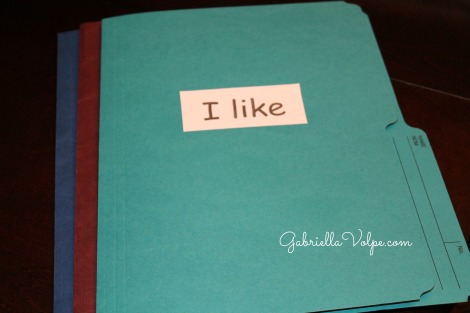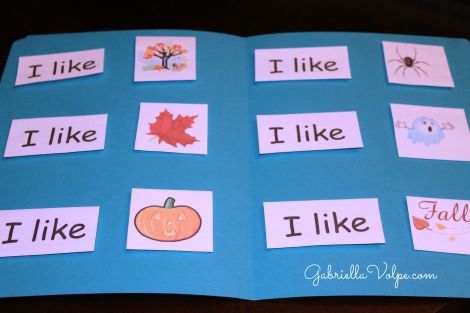This is a post out of the 31 Days of Morning Circles. You can find the main page for this series here.
Note: If you’re reading this series for the first time, I suggest you look at the daily structure post to understand the routine we follow in our morning circle.
Rebus stories or poems are texts where some words are represented by pictures. The texts are often sight words/phrases.* The image helps the child “read” without having to decode words that are often beyond their developmental level.
* Note: This is not intended to be a learn-to-read activity. It’s a very basic introductory activity to interacting with words and language.
Rebus activity in the morning circle
Here is a quick activity you can adapt to any theme or topic.
Use the words “I like” and follow them with symbols, words, or phrases that help the learner build vocabulary within a theme. I make a point of using images that appear in other parts of our curriculum, such as in song choice cards. This way, my son immediately makes connections between the images and words.

I create different rebus folders for different starter phrases. This is the “I like” folder. I keep the words “I like” within the folder at all times, but I change up the images as needed (see below).

Even though my son isn’t reading aloud, I’m certain that as we read this rebus text together he is saying it right along with me in his head. He is already familiar with the ASL sign for “like,” so I also sign the words after we say them. Eventually, I don’t sign but just read. I reuse this folder by replacing the images, not the phrases.
Variations
- Use beginner phrases such as: “I am _____” (followed by feelings), “I will _____” (followed by ADLs or activities you will do that week), “I saw _____” (followed by photos of things the child saw on an outing)—create a separate folder for each
- Use ending phrases such as: “ ____ is blue” (preceded by images of things that are blue), “_____ is soft” (preceded by images of objects that are soft), “_____ is happy” (preceded by images of faces/animals/objects with happy faces)
- Use middle phrases such as: “_____ is _____”, “______ needs _______”, “_______has ______”
- Favorite nursery rhymes
How can you include rebus texts in your morning gathering?

0 Comments